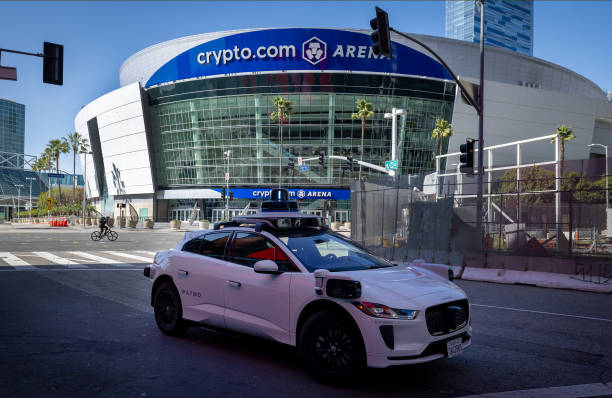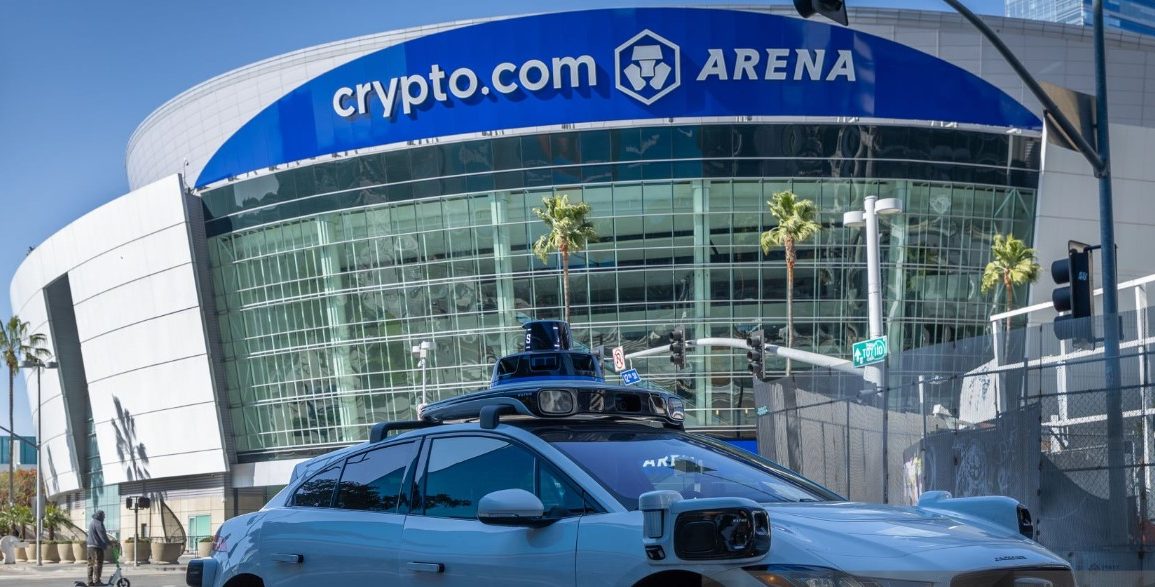Driverless cars are making their way onto America’s streets, but the question of public trust in robotaxis remains contentious.
A recent Pew Research Center survey revealed that nearly two-thirds of Americans are hesitant to ride in a driverless vehicle, reflecting concerns particularly among residents in cities without prior exposure to the technology.
In contrast, those in cities where robotaxis operates remain wary due to high-profile accidents involving companies like Cruise, owned by General Motors.
Amid this backdrop, Tesla is poised to unveil its long-anticipated robotaxi after years of delays.
The company’s current autonomous driving system, which still requires human oversight, has drawn scrutiny from regulators and faced multiple lawsuits after numerous accidents.
Experts caution that even an impressive presentation from CEO Elon Musk won’t guarantee the establishment of a safe robotaxi network.

Tesla’s impending launch could disrupt the entire autonomous vehicle landscape. Currently, Alphabet’s Waymo leads the sector, boasting over 22 million driverless miles.
The company has demonstrated robust consumer demand, with the frequency of paid rides in cities like San Francisco, Los Angeles, Phoenix, and Austin doubling in just a few months.
To bolster public confidence, Waymo has also launched an online safety hub, providing data that supports its claims of superior safety compared to human drivers.
Other players are eyeing the market as well. Amazon is preparing to deploy its fleet of Zoox vehicles, while Cruise is resuming operations following a grounding in 2023 due to safety concerns.
Analysts suggest that without the surge in generative AI, 2024 would have been heralded as the year of the robotaxi.
As autonomous ride-sharing networks expand, questions arise about the future of traditional ride-hailing services like Uber and Lyft.
With the rise of robotaxis, consumers may reconsider their preferences, prompting Uber to secure partnerships with autonomous vehicle firms, though the longevity of these collaborations remains uncertain.

